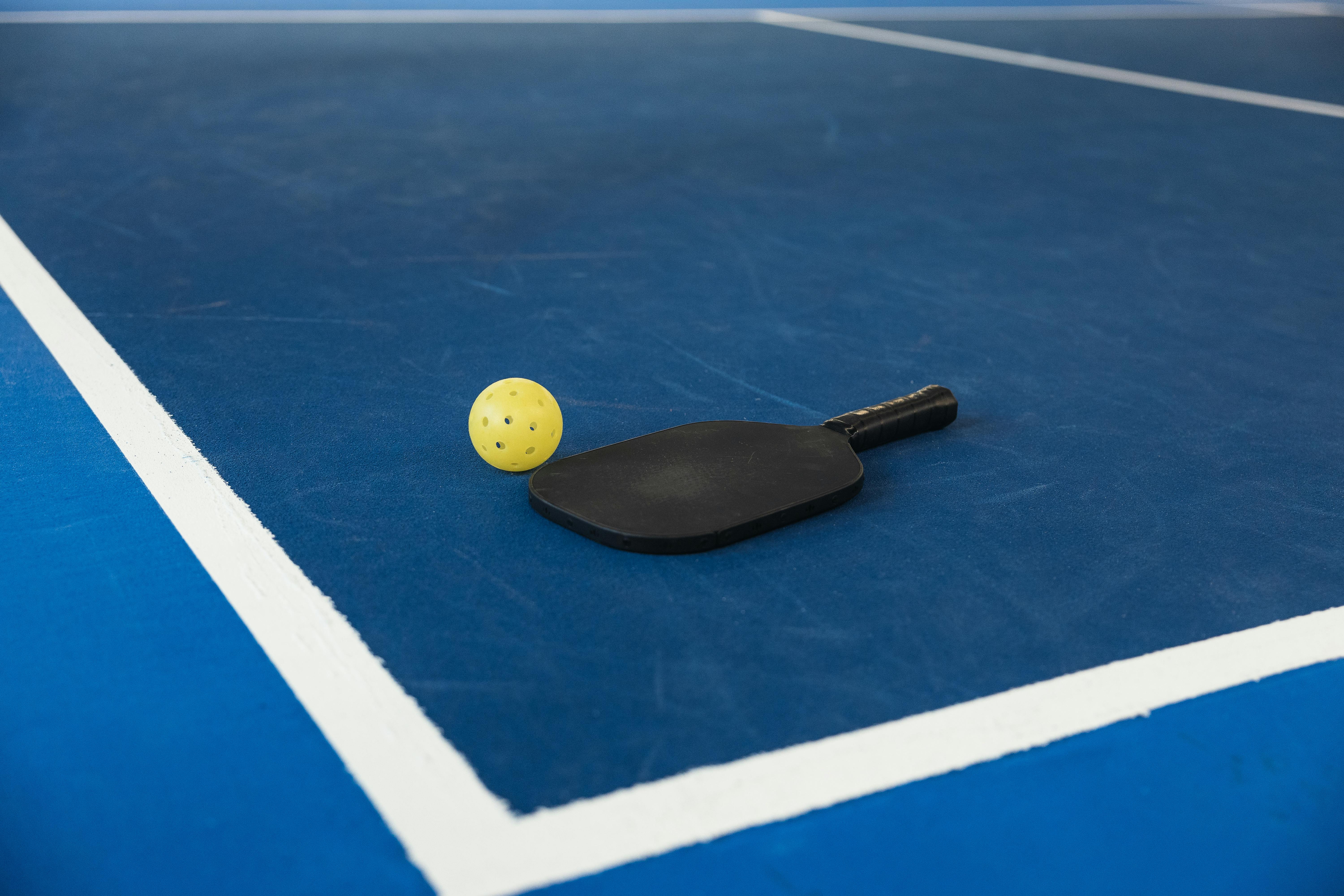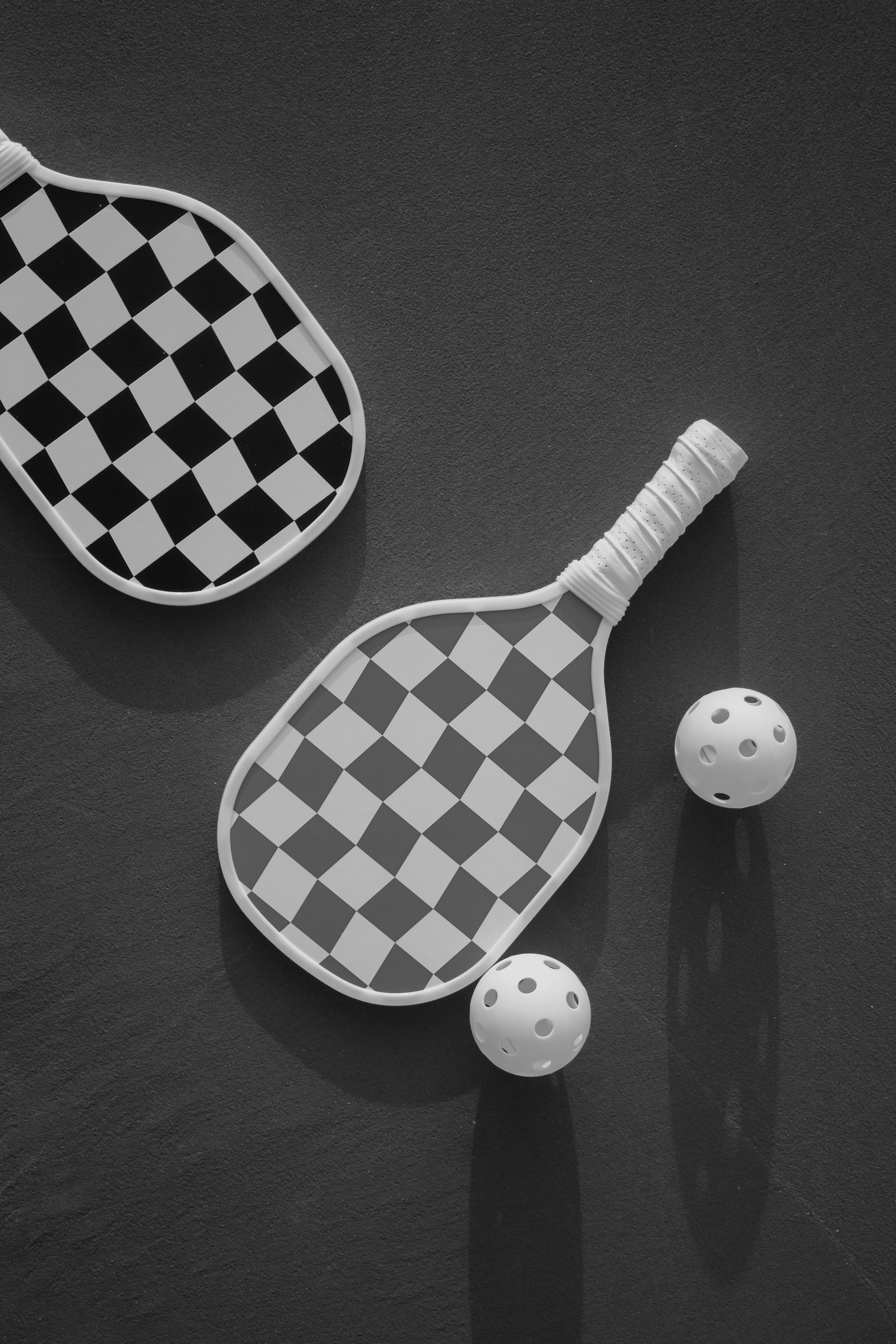If you play pickleball regularly—whether it’s in your neighborhood park, at the local club with friends, or even in tournaments—you’ve probably wondered: “Is my paddle holding me back?” As a passionate community of players and gearheads here at PickleballMate, we’ve seen first-hand how a tired paddle can quietly sabotage your game, and how an upgrade can unlock a whole new level of play. Let’s dive into the subtle (and not-so-subtle) signs that say it’s time to treat yourself—and your game—to a new pickleball paddle.
Why Fresh Gear Matters for Pickleballers
Pickleball might be known for its easy learning curve, but as you progress, gear quality becomes a major factor. We’ve heard from countless club members and readers that replacing their paddle was a revelation—not just for performance but also for their enjoyment and injury prevention. You invest in court fees and comfortable shoes; your paddle deserves the same attention.
1. Dead Spots & Loss of “Pop”
One of the earliest and most subtle signs your paddle is due for retirement is a noticeable loss of “pop”—the satisfying, lively response when the ball hits the sweet spot. Instead, even your solid shots begin to sound dull or feel soft, robbing you of power and consistency.
- Balls don’t rebound as fast, requiring you to muscle every drive.
- You’ll notice hesitancy in shots you previously dominated—especially overheads or deep returns.
- Some sections of the paddle seem to play “dead,” making your shot unpredictable.
If your paddle feels flat even after a good warm-up, that’s your cue to start looking for a replacement.
2. Visible Surface Damage
While gritty faces and minor scuffing are normal, deep cracks, chips, or peeling layers mean your paddle’s core or face might be compromised. These visible wounds—especially at the edges or where the face meets the core—can reduce spin potential, affect control, and risk further breakage during fast rallies.
- Inspect the surface regularly for: cracks, delamination, or excessive wear.
- Minor dings can sometimes be ignored, but cracks or splitting are non-negotiable retirement signs.
3. Handle & Grip Wear
Even the best paddles lose their edge if the handle or grip is worn out. As avid players ourselves, we’re big believers in keeping your grip fresh (and replacing wraps often), but eventually the paddle handle underneath can loosen or degrade.
- Slipping, wobbling, or friction burns are all warning signs.
- A loose or rattling handle isn’t just annoying; it throws off your mechanics and can cause blisters or hand fatigue.
- Once repairs stop working, a new paddle (or at least a professional handle repair) should be on your radar.
4. Plateaued Performance with No Clear Cause
If you’ve been practicing, drilling, and watching YouTube breakdowns but still feel stuck, your equipment may be the culprit. As paddles age, their precision and forgiveness drop off—especially in higher-level play.
- Your spin might decrease, and off-center hits become harder to control.
- Newer paddles often include improved core technologies and larger sweet spots designed for the modern game.
It’s easy to blame the weather, nerves, or opponents. But sometimes, it’s just time for a fresh start. Our own club testing has shown that a paddle swap can immediately give players a tangible bump in touch and power.
5. Rattling, Buzzing, or Hollow Sounds
An audible rattle or hollow sound is a strong signal of internal delamination—or worse, structural failure—in the core. This is not just cosmetic: it means the interior support is compromised, which radically decreases consistency and can even make the paddle illegal for tournament play.
- If you shake your paddle and hear a rattle, or your smashes sound like hitting a tin can, that’s all you need to know.
- These issues are usually unrepairable and indicate it’s time to move on.
How Often Should You Replace Your Paddle?
This question comes up constantly at local meetups and in our inboxes. The answer depends heavily on how often (and how intensely) you play:
| Player Type | Weekly Play | Typical Replacement Interval |
|---|---|---|
| Casual (1-2x/week) | 1-2 times | 1 to 2 years |
| Regular (3-4x/week) | 3-4 times | 8 to 12 months |
| Competitive (5+ x/week) | Daily or near daily | Every 6-12 months |
Of course, if you rotate between two paddles, you’ll extend each paddle’s lifespan and always have a backup ready for action.
Should You Try Before Buying?
Absolutely. Whether demoing friends’ paddles during rec play or trying demo paddles at your club, nothing beats firsthand experience—especially with today’s options (carbon, fiberglass, hybrid cores, elongated or wide body). Many local pro shops also offer rental programs, making it easier to discover which specs complement your unique game style.
Bonus: The Psychological Lift of New Gear
There’s a real, measurable boost in confidence and motivation that comes with new equipment—especially after a long plateau. Not only will a new paddle bring technical improvements, but many players find themselves reinvigorated, more likely to drill, and even keener to join tournaments. We’ve seen firsthand that sometimes, gear isn’t just about the specs—it’s about the spark it reignites in your routines.
Checklist: Is It Time to Upgrade?
- Your paddle face or edge has visible cracks or deep dings.
- The handle or grip feels loose or unsafe, despite fresh overgrips.
- Shots feel flat and inconsistent (loss of “pop”) despite good technique.
- You hear rattling or hollow sounds when swinging or striking the ball.
- You’ve been playing regularly for a year or more with the same paddle.
- Your playing level or style has changed—or you simply want to explore new paddle shapes or faces.
As with all things pickleball, listen to your experience and trust your instincts. Your enjoyment and progression are worth every bit of equipment optimization!
Ready to Find Your Next Paddle?
If any of the above hits home, you’re not alone. Upgrading doesn’t have to be confusing—we’ve got your back at our detailed paddle review and buying guide section. Our mission is to help fellow players like you take the next step with honest advice so you can enjoy the game to its fullest.
And if you want more tips, reviews, or to connect with the broader pickleball community, sign up for our free newsletter or explore our latest tips and news. Let’s keep improving together—one game (and one great paddle) at a time!




